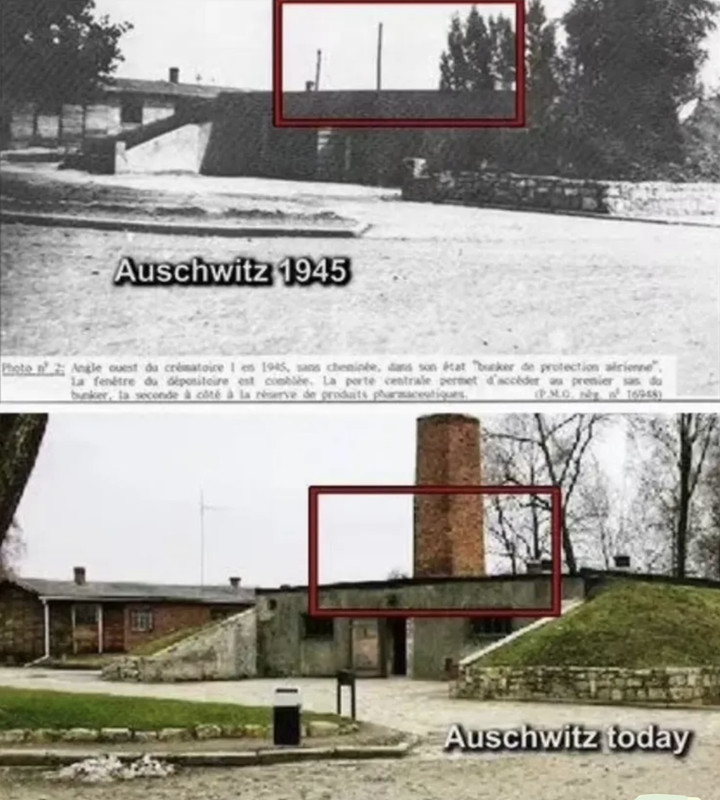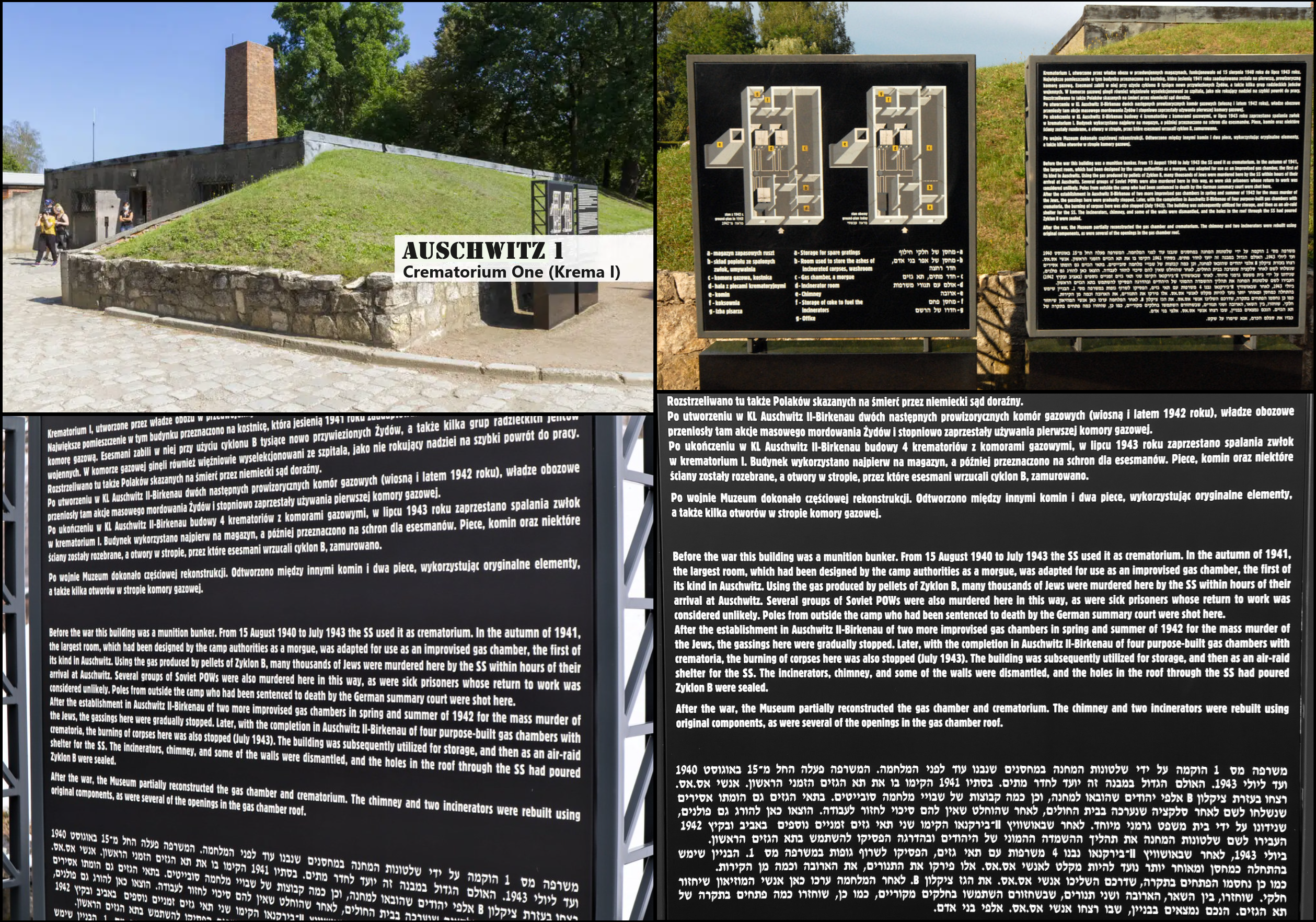Gas Chamber built in 1948
Gas Chamber built in 1948
Sorry I tried to search the archive but couldn't find it, is there any evidence that the gas chambers now on display at Auschwitz were built in 1948 by the Polish government? Thanks you
Re: Gas Chamber built in 1948
Robert Jan van Pelt, no friend to revisionists, wrote this:
He also quoted a historian by the name of Eric Conan who wrote this:There have been additions to the camp the Russians found in 1945 as well as deletions, and the suppression of the prisoner reception site is matched by the reconstruction of Crematory I just outside the north-east perimeter of the present museum camp. With its chimney and gas chamber, the crematory (KL/BW11 and KL/BW14) functions as the solemn conclusion for tours through the camp. Visitors are not told that what they see is a post-war reconstruction; its homicidal gas chamber had been abandoned in 1942, and at the end of 1943 the three furnaces were dismantled. Modified further in the fall of 1944, the building became an air-raid shelter with an emergency operating room. / When Auschwitz was transformed into a museum after the war, the decision was taken to concentrate the history of the whole complex in one of its component parts. The infamous crematories where the mass murders had taken place were ruins in Birkenau, a few kilometres distant. The committee felt that a crematory was required at the end of the memorial journey, and Crematory I was reconstructed to speak for the history of the four crematoria at Birkenau. This program of usurpation was rather detailed. A chimney, the ultimate symbol of Birkenau, was recreated; four hatched openings in the roof, as if for pouring Zyklon-B into the gas chamber below, were installed, and two of the three furnaces were remodelled. There are no signs to explain these restitutions, they were not marked at the time, and the guides remain silent about it when they take visitors through this “palpably intact” building that is presumed by the tourist to be the place where it happened.
Both quoted in The Van Pelt Report.In 1948, when the Museum was created, crematorium 1 was reconstructed in what one supposed to be its original state. Everything there is wrong: the dimensions of the gas chamber, the locations of the doors, the openings for pouring in Zyklon B, the ovens that were rebuilt according to the recollections of some survivors, the height of the chimney. At the end of the 70s, Robert Faurisson exploited those falsifications all the better because at that time the Museum officials refused to admit them.
Re: Gas Chamber built in 1948
Thanks for the response Wetzelrad. Interesting information. But could someone please provide a link to the discussion of this subject in the codoh archive (I think this issue was discussed years ago). Or aerial photos during the war for comparison, or other photographic evidence.
This is nothing but a reminder.
This is nothing but a reminder.
- Wahrheitssucher
- Posts: 585
- Joined: Mon May 19, 2025 2:51 pm
Re: Gas Chamber built in 1948

A ‘holocaust’ believer’s problem is not technical, factual, empirical or archeological — their problem is psychological.
Re: Gas Chamber built in 1948
https://archive.codohforum.com/20230609 ... =2&t=14225Eco wrote: ↑Sun May 25, 2025 4:00 am Thanks for the response Wetzelrad. Interesting information. But could someone please provide a link to the discussion of this subject in the codoh archive (I think this issue was discussed years ago). Or aerial photos during the war for comparison, or other photographic evidence.
This is nothing but a reminder.
Best I can do on short notice, there may be a better thread. I'd have to dig.
You can use the search bar at the top of the page to search the archive of the old forum and you may be able to find a better suited thread.
If I were to guess why no t4 personnel were chosen to perform gassing that had experience with gassing, it would be because THERE WERE NONE.

